Ashika Morasiewicz
Outdoor Adventurer from the North Shore, BC
T1D Athlete Profile: Anne Marie Hospod, Triathlete
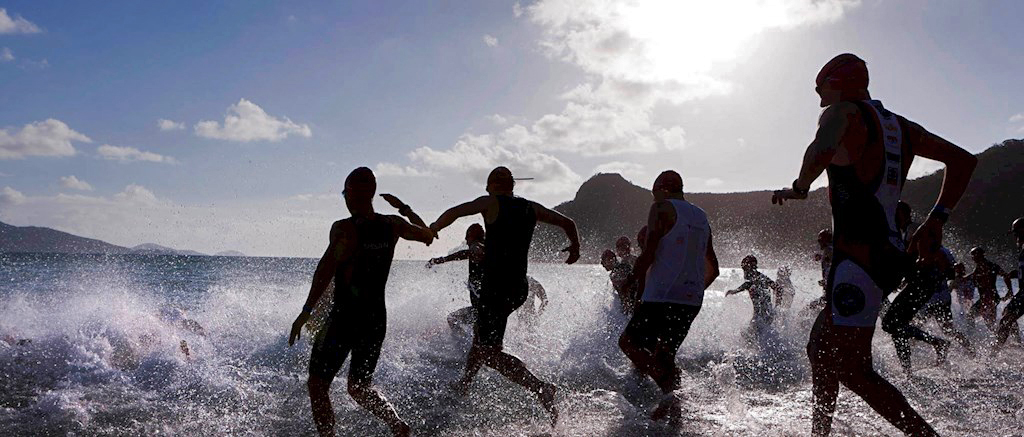
Above photo credit: Hamilton Island Triathlon
Interview: Anne Marie Hospod, Iron Lady, Type 1 Diabetic
Date: August 16, 2016
I have limited experience with triathlons, but I can appreciate the time and effort put in to training and competing. It’s a breath of fresh air to see Type 1s pushing limits and breaking personal barriers in any sport; Anne Marie Hospod is no exception. I’ve been following Anne’s Iron Lady blog for some time and it’s been a pleasure to watch her journey unfold. More recently, our paths crossed and we were able to connect and talk about her path to Ironman.
Anne is an adventurer and an optimist at heart. She has kept her mind engaged by studying medicine and becoming a doctor; she has kept her body active by training for and completing marathons, half marathons, and half-Ironman triathlons. She believes in living a healthy and active life, surrounding herself with inspirational people, and setting big goals that may at first seem impossible.
Facts:
- Age: 32 years old
- T1D since: September 1987
- Occupation: Medical Doctor, Health Promotion Specialist
- Sample of races completed: New York City Marathon, Ottawa Half Marathon, Timberman Half Ironman Triathlon, and countless others.
- Sponsors: Animas Canada
What inspired you to progress as a runner and become a triathlete?
I started running long distances when I was in medical school. I was fit but not a runner. I vividly remember looking up to my friends who had completed marathons and thought, why not? After 5 years of running I realized I wanted to cross train more (running 4-5 days a week can take a toll on your body and mind), but I also wanted a new challenge: something that scared me, and would enable me to grow both as an athlete, and as an individual. I had always been awe-struck by the Ironman, and by the triathlon lifestyle. I devoured Ironman champion Chrissie Wellington’s book, and read the Triathlete magazine for years before deciding to try it myself. My inner voice started to tell me that I could do it. I started off by buying a road bike and going on short rides. I made all of the beginner mistakes – learning to clip and unclip, riding with the wrong clothing, leaving my reflectors on my bike, etc. I completed my first sprint triathlon – a 750m swim, a 20km ride, and a 5km run in 2012, two weeks after picking up my life and moving to Toronto. I was feeling ready to take on new challenges in my life, and also become a triathlete.
What are your favourite diabetes management products?
My blood tester (I have a One Touch Mini that I adore) and my own intuition and experience. I trust my gut and my symptoms far more often than my tester. I also love my Dexcom CGM, but I am aware it can be less accurate while I sweat and workout. I follow it for trends, to catch a falling or rising number, more so than to see the actual level. My Animas Vibe insulin pump has also been a tremendously positive addition to my diabetes toolbox in the last year – I especially like the ability to set temp basal rates for my long races, as I lower my insulin for the entirety of the swim, but only for sections of the bike, and usually switch it off for most of the run.
Were you predisposed to be an athlete? What were your athletic capabilities before running?
I firmly believe that everyone is predisposed to be an athlete. We are all meant to move on a daily basis. At the heart of the identity is the desire to excel at a physical endeavor, to push oneself mentally and physically to achieve an athletic goal, all while raising the heart rate, working the muscles, and refreshing the mind.
Growing up, I was always active but never an endurance athlete – I played basketball, volleyball; I canoed, kayaked, and loved to swim. I loved to be outdoors in nature too, whether at summer camp, or hiking in the forests or mountains. Endurance athletics goes beyond physical capabilities. You have to like going long, and digging deep. Although I had the physical skills and knowledge to take part in swimming, biking, and running (many triathletes learn how to swim as adults, once they sign up for a race even!), I believe it’s key to have the mental strength to push past your barriers. You need to train the mind to overcome your challenges. Long course triathlon is as much, if not more, about mental strength than it is about physical ability.
When you realized you wanted to race in the Ironman Mont-Tremblant this August (2016), what was your first step?
After I signed up for the Tremblant Ironman, I needed to make sure I structured my 10 months of training in a way that would work for my schedule and my life – making sure to stay motivated at the right moments, and finding time for recovery and balance. Last summer I was training for the Wisconsin Ironman and by the summer months I was simply exhausted. I didn’t take enough breaks from my training, and my motivation waned. On a logistical level, I had to choose a training plan, make sure that my friends and family were aware I would be less available, and find winter cycling classes that would build my cycling (my weakest sport) base.
What does your training involve? What does a typical training week look like?
My training involves a lot of…you guessed it, training! And a lot of sleep. I decided this year to follow the ‘Be Iron Fit’ plan – I appreciate how the training is centered around heart rate zones and time, rather than distance. It’s far easier to schedule an hour run rather than a 10km run. I’m not a technology/metric driven athlete and so training by effort and time works better for me than hitting a certain distance. I also started cycling at a studio (X3 Studio) in Toronto that works with power and I highly recommend it! My favorite days? Long run days and rest days.
Ironman training is not all about volume, but about quality workouts. Every workout should serve a purpose. I try to mix up speed work, intervals, and long slow workouts. Most weeks I’ll swim twice, run 2-3 times, and bike 3 times. I’ll do one brick workout a week – which is when you practice running off the bike to simulate race day. My longest swim will be 3500m, my longest run will be around 3 hours, and my longest bike ride will be 6.5 hours or so – the Ironman really is a bike race, and so building the base and power to bike 180km is key!
What sort of diet do you follow throughout your training?
I’ve struggled to have a consistently healthy diet while training – I love ice cream and cheese too much, and I’m impatient when I am hungry. It doesn’t help that I’m often hungry or tired. Once I realized I wasn’t eating enough protein and increased my intake, I started to feel a lot better. Now I try to keep my diet fairly simple and routine – oatmeal, eggs, chicken, fish, salad, quinoa, potatoes, and yes, ice cream. All in moderation. I am committed to keeping to a routine and a low GI, green, protein filled diet. The ice cream and cheese might be hard to cut out – wish me luck!
What’s your pre, during, and post-race day nutrition & hydration plan?
PRE: Lots of good quality carbs in general, but I try to eat the right foods the week prior. I eat cleaner, and I don’t eat anything new. Vegetables, proteins, and no processed foods. Not too much fiber. I drink a lot of water too. Triathlons can be exceptionally hot events, so making sure my salt levels are at the right level is very important. I don’t usually salt my food, but lately I have been adding salt to most of my meals. Often finding myself in a different city, and/or at a hotel can make it tricky too. I always bring my breakfast foods and a bowl, utensils, etc. for my usual oatmeal with peanut butter and banana pre-race breakfast. And coffee.
DURING: I aim to eat 20 g of carbs every 20 minutes during my endurance events. I also try to get in as much of my nutrition on the bike as possible, since it’s harder to stomach foods while running. Thanks to a fellow type 1 triathlete’s recommendation (thanks Jen Davino!) I have an alarm on my Garmin watch set to beep every 20 minutes. I have tried all sorts of natural and packaged snacks. Here a few of my recommendations and favorite things for all (type 1 or not) athletes: Peanut Butter and Salted Caramel Gu gels, Honey Stinger vanilla waffles and pomegranate chews, Lara bars (a bit on the fatty side but a tasty and natural boost), organic dates covered in coconut (thanks to another type 1 athlete, Heather Cole, for the suggestion!), butter tarts (the real ones), and snacks made from the ‘Feed Zone Portables’ book for athletes. Ideally, you want to feel excited to eat food that provides you with a good amount of carbohydrates. If you like bagels or bananas, ride with those foods.
POST: I Usually eat a healthier recovery meal (within 30 minutes) of carbohydrates and protein – my stomach is often upset after hours of working out and so I reach for something easy like Vega Recovery Protein powder with a banana, or bagel, and then a solid meal in the evening – a meat and potatoes kind of meal. And ice cream, of course.
In a situation where your blood sugars were difficult to manage, what did you do? How did you regain control?
Managing blood sugars on a day to day basis is hard work. If you’re a parent, or if you’re living with type 1 yourself, there is no break. In athletic endeavors it’s especially important to watch for trends and correct accordingly, knowing that you will be continuing to workout for hours potentially.
I’ve struggled with my blood sugars in both training and racing. Although I can manage the levels quite well while running (perhaps because I have more experience), biking has been a challenge. I take notes after every training session and race and look for trends. I adjust my insulin pump settings and try again. I regain control by being patient, and acknowledging my attempts – I will often tell myself that “I’m doing my best in this moment with the information that I have.”
If insulin changes don’t work, I change my food intake. I take into account the weather, my stress levels, whether or not I’m fighting a cold, etc. Everything and anything can alter the way in which my body utilizes energy.
I also am fortunate to have many close friends who are endurance athletes and coaches. I reach out to them for advice and support – from Sebastian Sasseville, to Cliff Scherb, to the endurance team of ‘Riding on Insulin’, to my friends at ‘Connected in Motion’ – there are so many wonderful resources for athletes with type 1.
How do you avoid burnout and stay motivated?
Finding balance in triathlon training is just as important as finding balance in real life. I now know that it’s ok to miss a workout every once in a while, it’s important to remain connected to your social circle and do things outside of the sport, and to find ways to unwind from the over-scheduled life of an Ironman training plan. I spend time with my loved ones, I take day trips, I make sure to have quality time by myself. I’m a very social person and one of my biggest challenges was learning to say no to friends and social engagements. I need to prioritize sleep and rest, but can also indulge in a glass of wine every now and then.
Motivation is such an interesting topic – every athlete is motivated by different & personal goals. I am motivated by the challenge of the Ironman distance triathlon. Can I complete it? Will my body and mind carry me to the finish line? I’m also motivated by my type 1 Diabetes. Can I manage the levels in a way that will allow me to feel strong and capable throughout the race? My last, and probably greatest motivation is that I am motivated to live an exceptional life – an extraordinary life that is filled with moments that make me come alive. Knowing that I am challenging myself and pushing myself makes me feel oh-so-alive.
Through your journey to the start line, what have you learned as an athlete and where do you think you can improve?
I have learned that consistency is key. I have learned that my mental strength will get me to any finish line in life, but you have to put in the work. I have also learned that I can become a stronger athlete by prioritizing rest and recovery, and that I need to push myself in areas of weakness and not simply repeat workouts that are easy and comfortable. I will never get faster if I run at the same pace every time, just like I will not become a stronger hill climber if I only ride on flat sections of road.
What are your goals in the short, medium, and long term?
Short: Finish the Tremblant Ironman upright and smiling.
Medium: Focus on activities I enjoy and not necessarily race. Take up dance again. Continue to attend strength classes and start taking yoga.
Long: Maybe the Boston marathon one day? Maybe an ultra (42km +) trail running race? Running is, and will always be, my first love.
If you could give one piece of advice to an aspiring triathlete, what would it be?
Start where you are right now with what you have. Take steps to become a stronger swimmer, rider, and runner. The best way to become stronger is by joining a local group – be accountable by others and inspired by veteran athletes. Be smart when planning your racing and training. Don’t be afraid to dream big but be realistic as well. Triathlon is a logistically heavy sport – simplify your training and racing (try local races for instance) so you can spend your energy training. And most importantly, have fun!
What message do you hope to send to the diabetes community?
Type 1 management is challenging. I have over 25 years of personal experience managing my condition, I’m a medical doctor, and I have the best tools and community at my disposal, and I still make mistakes. Be patient. Be self-aware and learn your trends. Do not be frustrated when things do not go as planned. Appreciate the fact that you have a unique body awareness and use it to your advantage. Excel at your passion by staying consistent and being patient. Hard, diligent work will always pay off. Now find that goal race and go get it! Happy training!
Anne is only a few days out from the Ironman Tremblant! If you’d like to connect with Anne and wish her well as she wraps up the final stretch, feel free to follow her on Facebook or Instagram. You can also follow along her journey through her blog: https://ironladyanne.wordpress.com/
Good luck Anne!!
– Ash
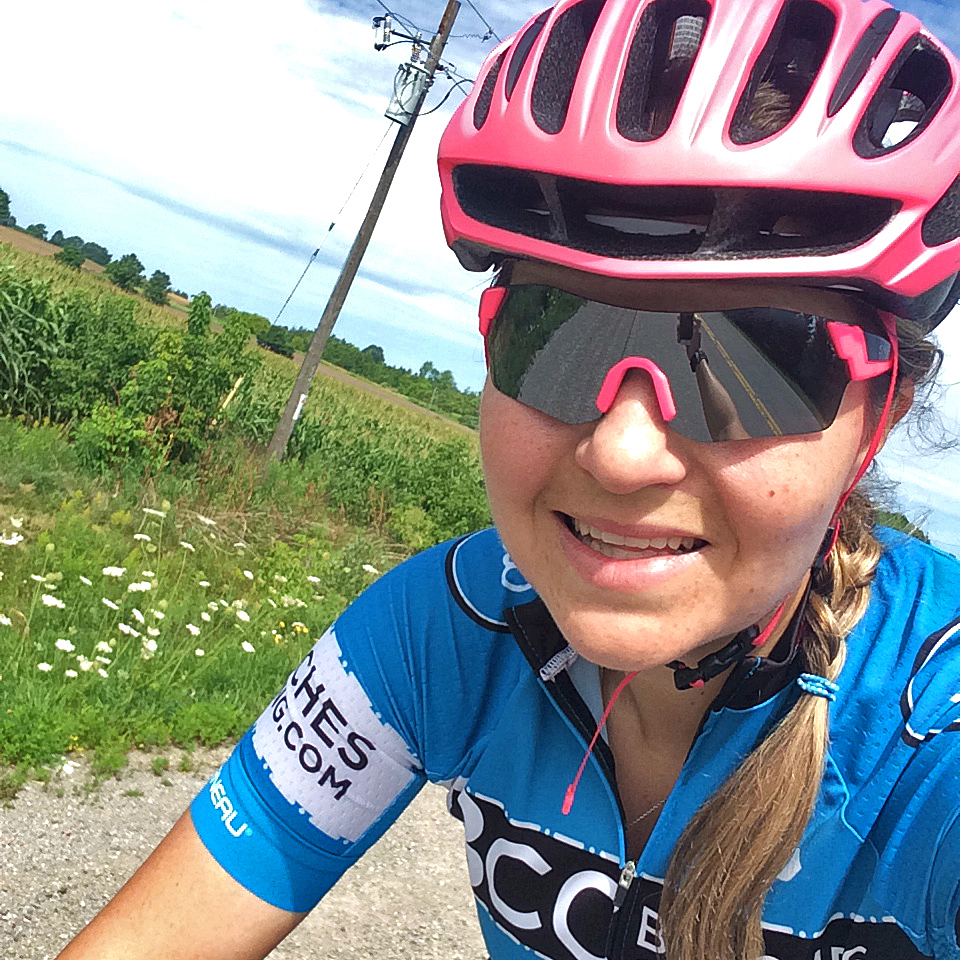
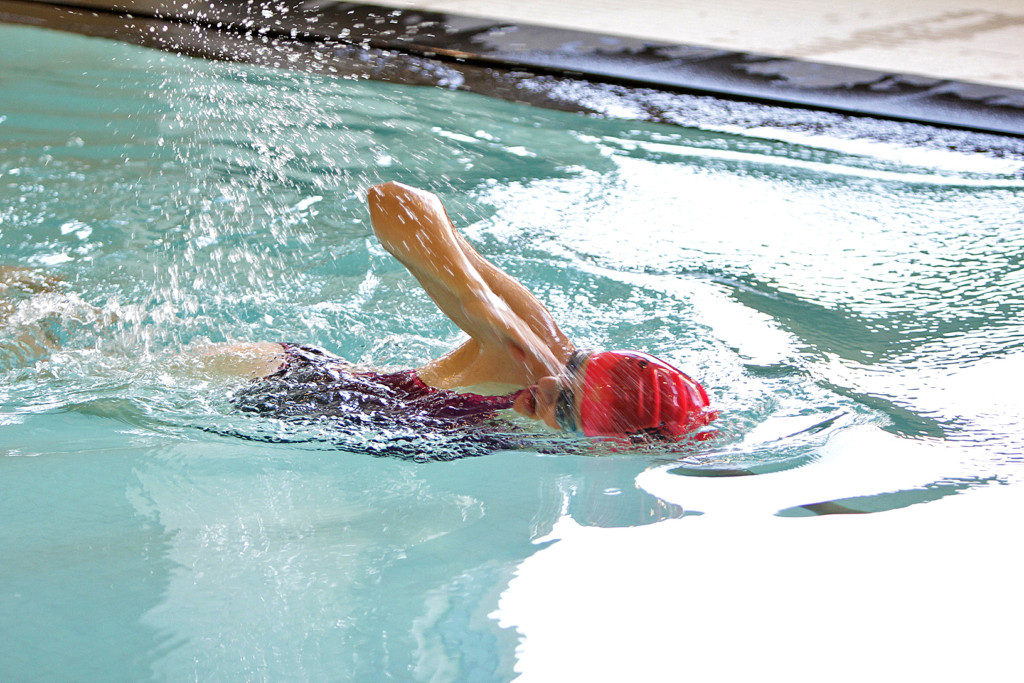
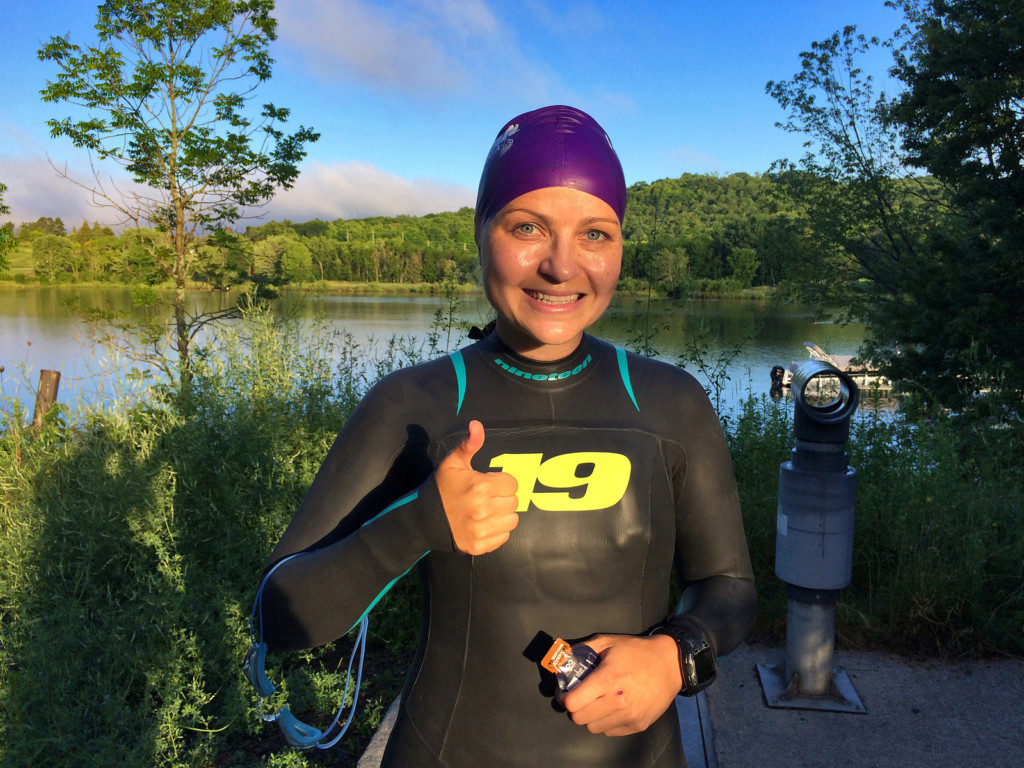
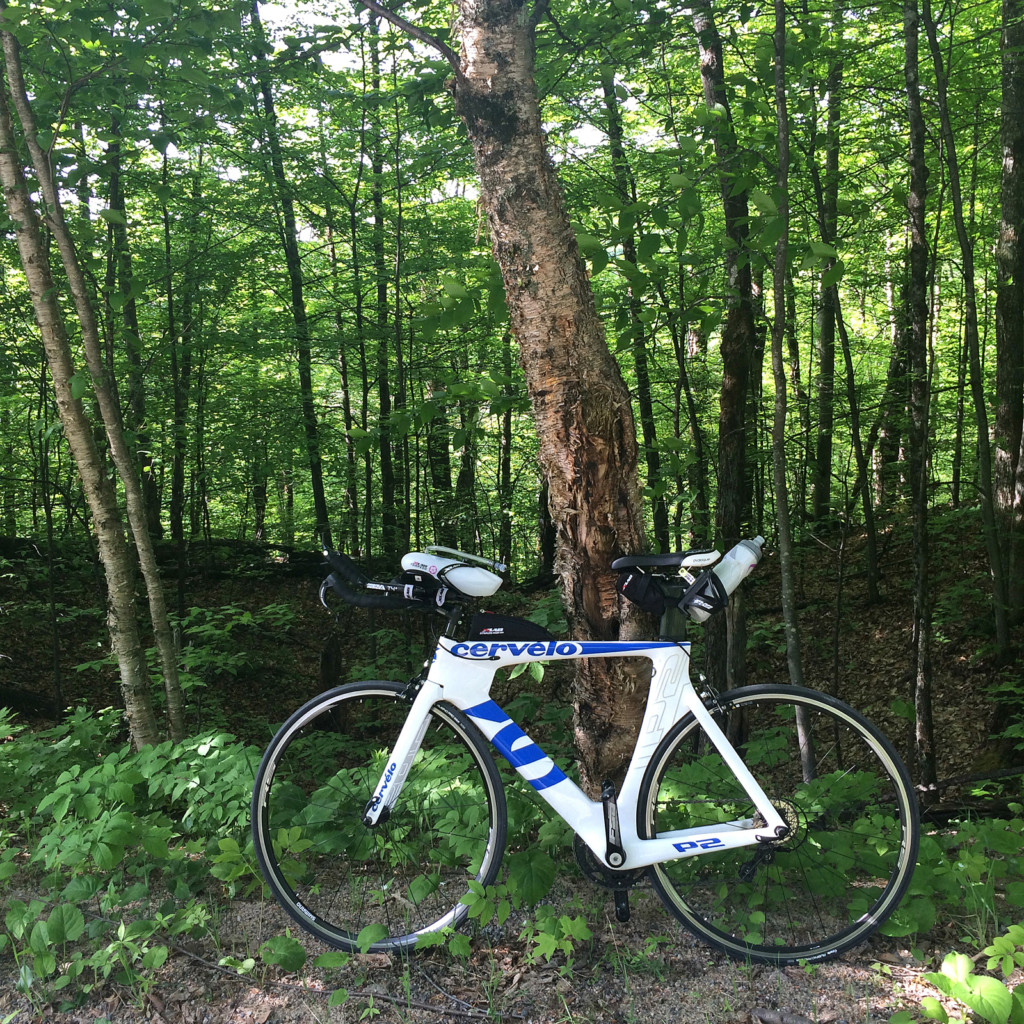
I loved reading this! Thank you Anne and Ashika. You’re gonna crush it on Sunday!!!